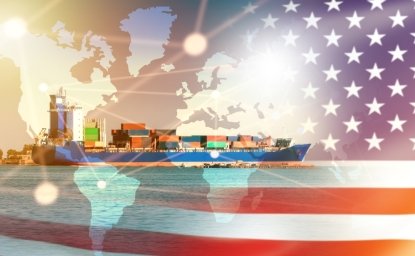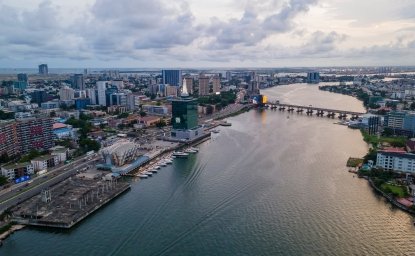#155 External Debt and Capital Flows in Latin America

By Richard O'Brien
From the Introduction
Latin America's total external debt at the end of 1982 was estimated to be at least $350 billion, including short-term debt. This amount is equivalent to half the debts owed by all developing countries. Moreover, several of the Latin American countries dominate the international debt scene, with four out of the top five largest developing country debtors located in the region . Of these debts, some two- thirds ($210 billion) is owed to international banks, and some $80 billion of that to United States banks in particular. The region and its individual member countries again dominate the picture. From the lending side, it is again United States banks which play a predominant role, as they have in international lending generally. These data are, to a considerable degree, a reflection of the sheer size of the region and of its constituent countries, compared to other developing regions. In the same vein, the prominence of Latin American countries in United States banks' exposures, and the prominence of United States banks themselves in the region's financing are mainly a reflection of the importance of United States-Latin American trading and economic relations compared to those between the United States and other developing countries.
Size has a lot to do with the debt burden in Latin America. In an international economy in which external borrowing has suddenly become an expensive exercise (compared to being relatively cheap source of money in the 1970s), and at a time when international trade has slumped, it is not surprising that the larger debtors dominate the debt problem lists. In fact, it is because Latin American countries have been thought more creditworthy than many other developing countries that the region now has a comparatively more severe debt problem.
In this working paper, O'Brien, as Chief Economist for the American Express International Banking Corporation, describes the characteristics of the Latin American debt crisis and offers options for policy makers trying to respond to the 1980s crisis.

Latin America Program
The Wilson Center’s prestigious Latin America Program provides non-partisan expertise to a broad community of decision makers in the United States and Latin America on critical policy issues facing the Hemisphere. The Program provides insightful and actionable research for policymakers, private sector leaders, journalists, and public intellectuals in the United States and Latin America. To bridge the gap between scholarship and policy action, it fosters new inquiry, sponsors high-level public and private meetings among multiple stakeholders, and explores policy options to improve outcomes for citizens throughout the Americas. Drawing on the Wilson Center’s strength as the nation’s key non-partisan policy forum, the Program serves as a trusted source of analysis and a vital point of contact between the worlds of scholarship and action. Read more

Explore More
Browse Insights & Analysis
Latin American Program Working Paper Series (151-200)

Understanding Trade Promotion Authority (TPA): Implications for US Trade

